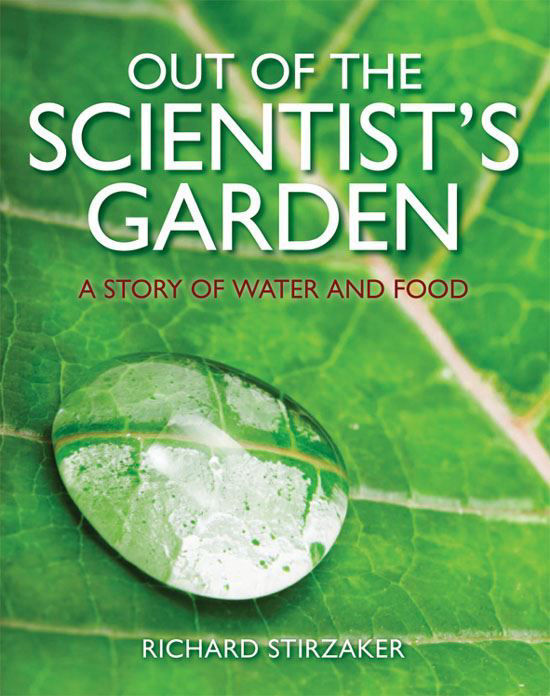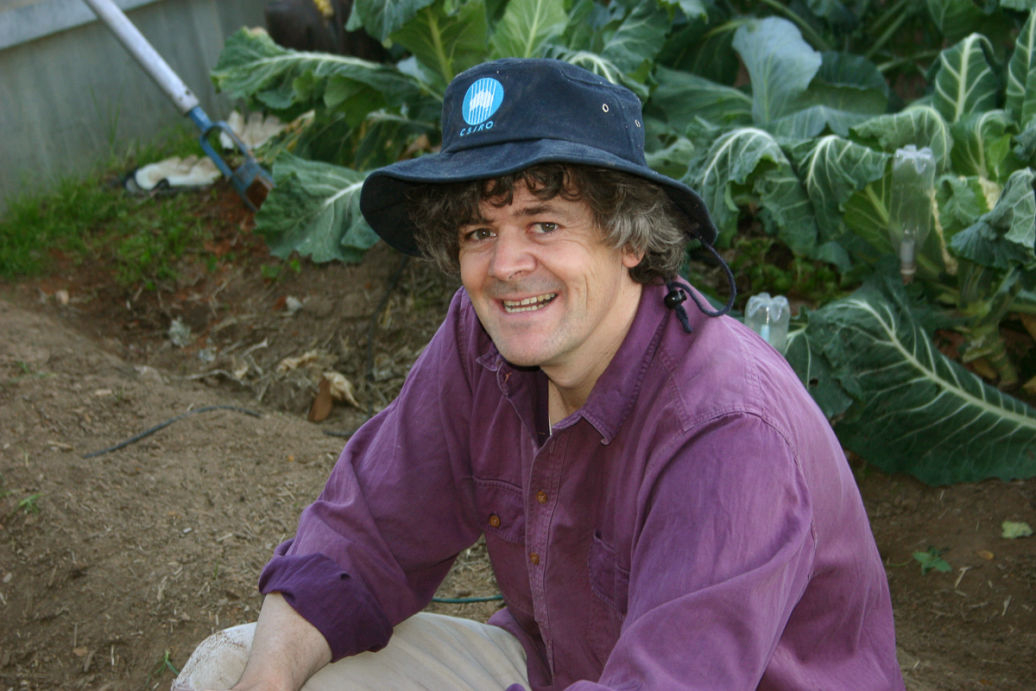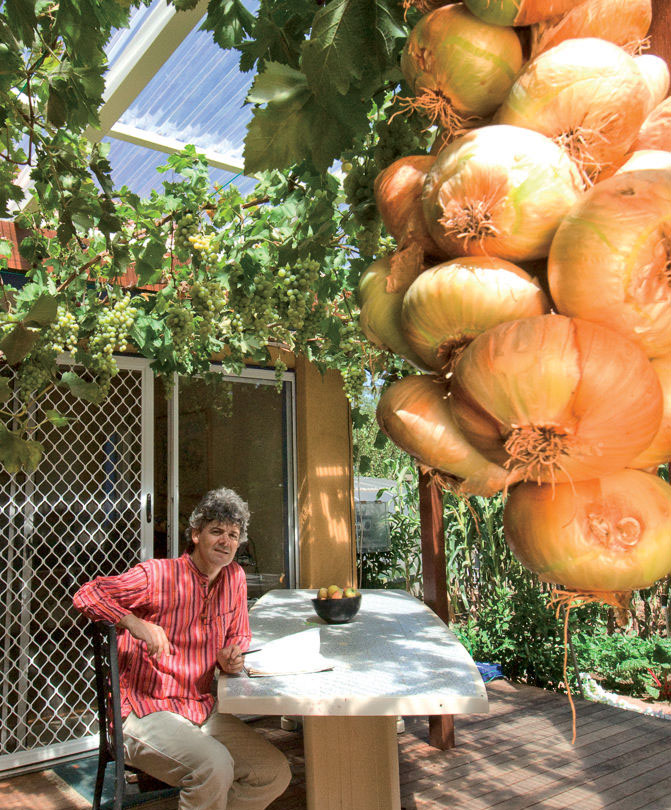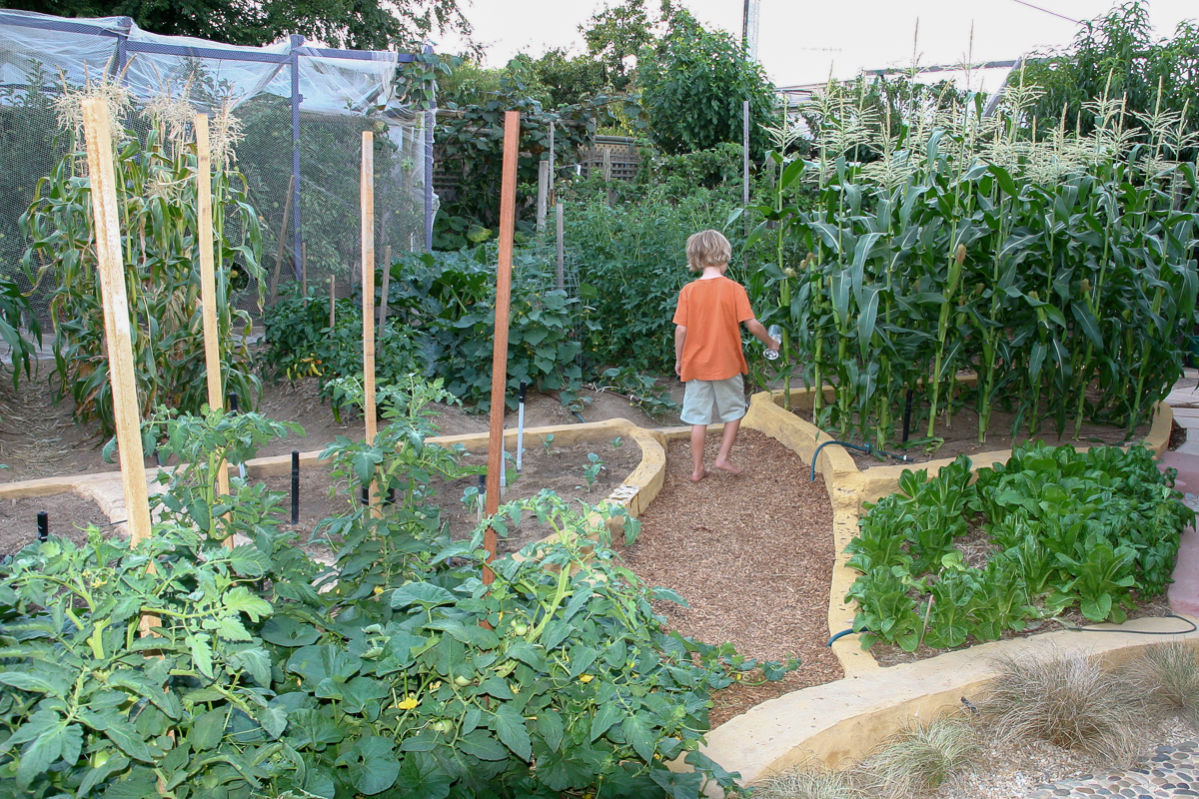A Scientist’s Story
Thinking across scales
A scientist needs a laboratory. A lot of equipment is required to make the painstaking measurements to pursue an idea through its various stages of development.
It’s one thing to have a laboratory and the means to progress and test an idea. But where do new ideas come from in the first place?
A scientist needs a place to explore and to play - unstructured activity where you have time to think. For me, that place has been my backyard fruit and vegetable garden. I have filled notebooks with measurements and observations, turning old ways of doing things round and round in my head until I can see them in a different way.
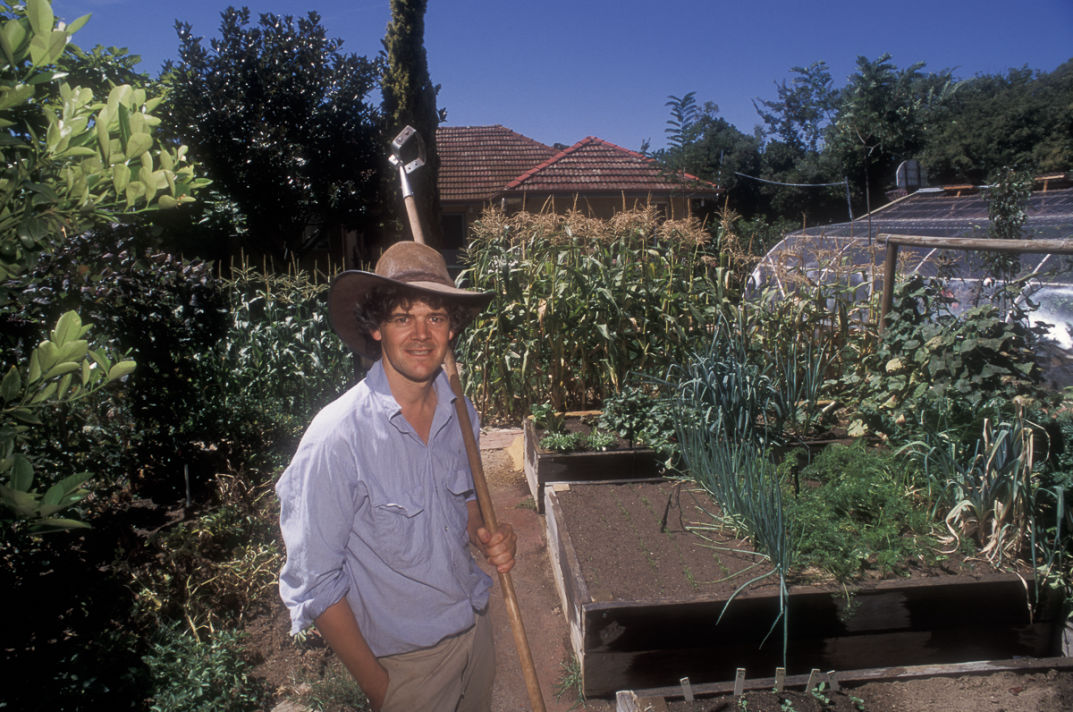
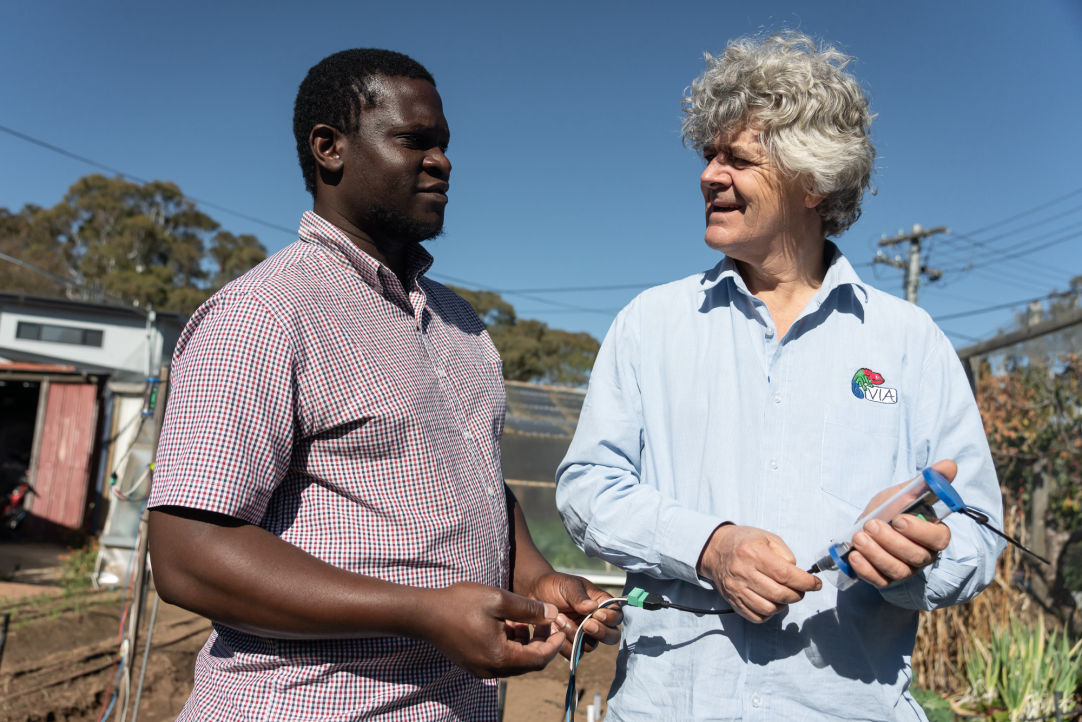
The Wetting Front Detector (WFD) started its life in my garden. I was trying to make an instrument that works the way a farmer thinks – how deep did the water go? There is no point in irrigating the top 5 cm of soil because it will evaporate the next day. Equally there is no point in pushing water beyond the root zone.
For a long time, I knew that the WFD was only part of the solution. We still needed something to tell us when to start irrigation, but it needed to be simpler than what was currently available. The Chameleon idea came quite quickly, but it took a long time to work out how to build them by the thousand and with consistent accuracy.
These days we use the Chameleon for monitoring how much water is available to plants and the WFD for measuring what’s in the water. Monitoring water, salt and nitrate together, gives insights that you would never get measuring any one of them in isolation.
Since writing ‘Out of the Scientist’s Garden — a story of water and food’ a decade ago, I’ve been working with colleagues building the Virtual Irrigation Academy. The book describes my own learning journey as a scientist and as a producer of food. That learning journey is now being replicated in (literally) thousands of places around the world through the VIA community.
